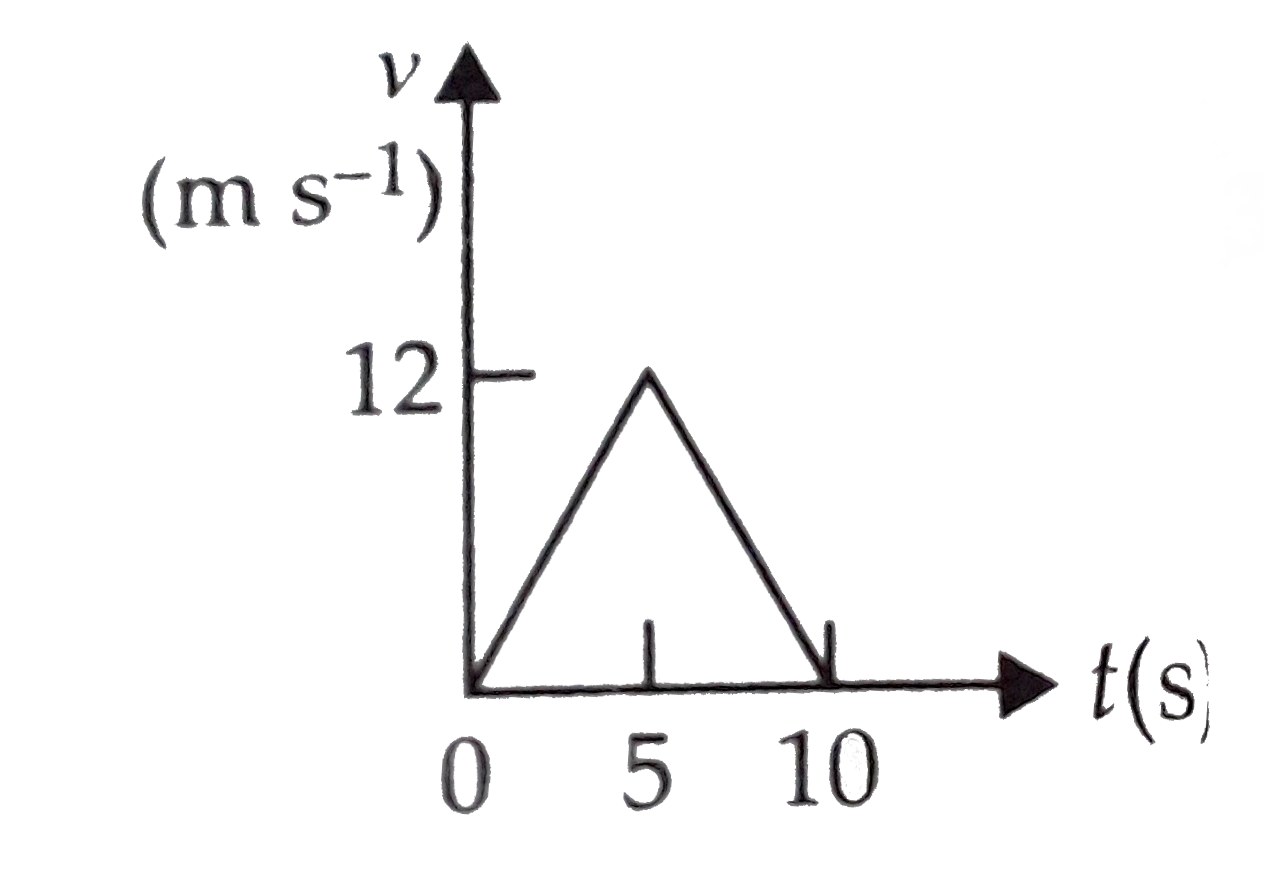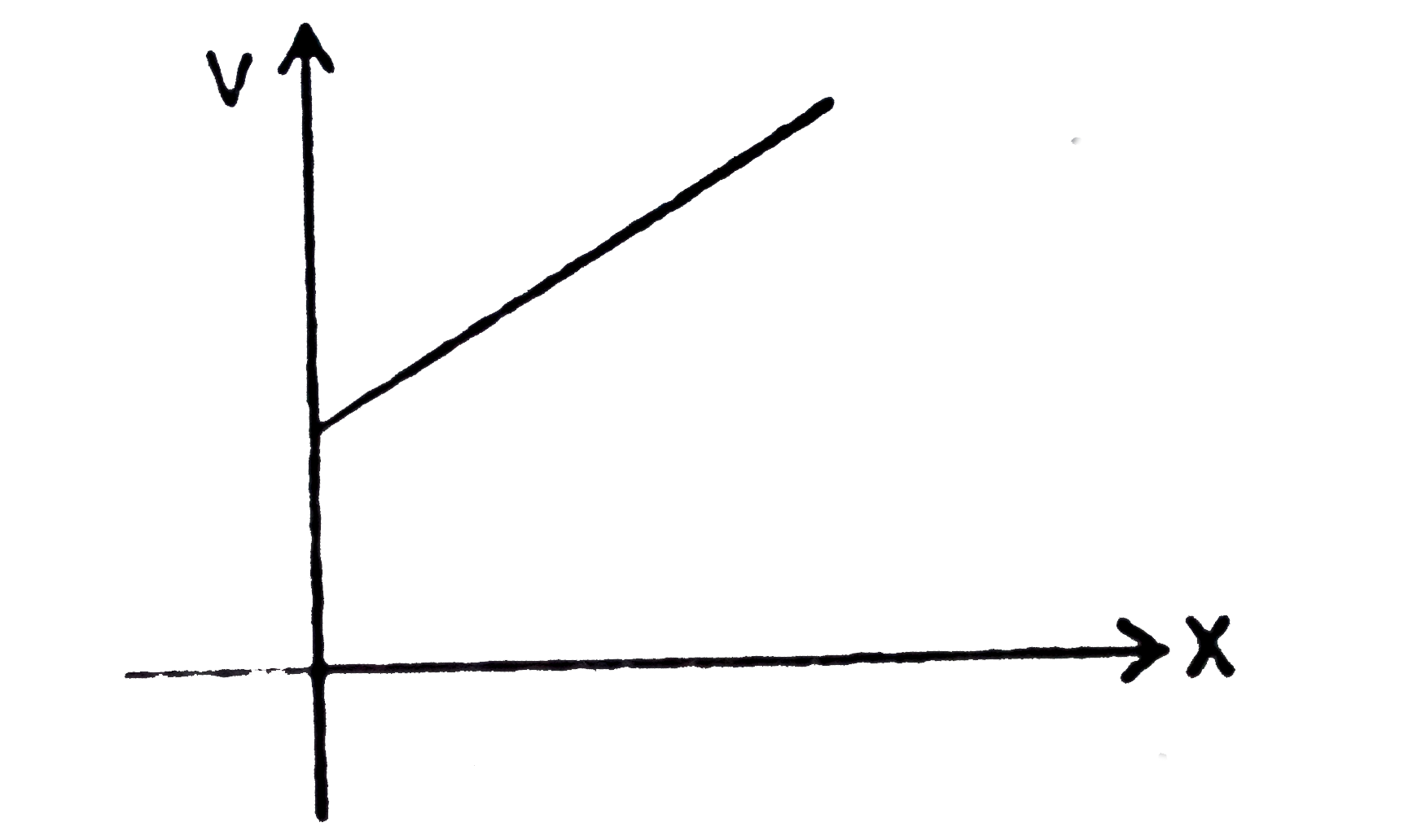Particles in a solid are in fixed positions.
Step-by-Step Solution:
1. Understanding the Statement: The statement claims that "Particles in a solid are in fixed positions." We need to determine if this is true or false.
2. Properties of Solids: Solids have a definite shape and volume. This is one of the key characteristics that differentiate them from liquids and gases.
3. Arrangement of Particles: In a solid, the particles (atoms or molecules) are tightly packed together. This close packing means there is very little space between the particles.
4. Movement of Particles: Although the particles in a solid are in fixed positions, they are not completely motionless. They can vibrate around their fixed positions. This vibration is limited and does not allow the particles to move freely as they would in a liquid or gas.
5. Conclusion: Since the particles in a solid are indeed in fixed positions and only vibrate, the statement is true. This fixed arrangement of particles is what gives solids their definite shape.
Final Answer: The statement "Particles in a solid are in fixed positions" is true.
---
Topper's Solved these Questions
- BOOK - ICSECHAPTER - MATTEREXERCISE - Exercises (Section I) Choose the correct option to fill in the blank5videos
MATTER
- BOOK - ICSECHAPTER - MATTEREXERCISE - Exercises (Section I) Match the following1videos
MATTER
- BOOK - ICSECHAPTER - MATTEREXERCISE - Exercises (Section I) Choose the correct option5videos
MATTER
- BOOK - ICSECHAPTER - MAGNETISMEXERCISE - Picture Based Questions12videos
MAGNETISM
- BOOK - ICSECHAPTER - MODEL TEST PAPERS EXERCISE - TEST PAPER II (SECTION II) Numerical questions2videos
MODEL TEST PAPERS
Similar Questions
Knowledge Check
- Question 1 - Select One
Assertion:At low temperature , particles of matter occupy fixed positions and exist in solid state.
Reason : Under a given set of conditions of temperature and pressure , the state of a substance depends upon the net effect of thermal energy and intermolecular forces.AIf both assertion and reason are true and reason is the correct explanation of assertionBIf both assertion and reason are true but reason is not the correct explanation of assertion.CIf assertion is true but reason is falseDIf both assertion and reason are false - Question 2 - Select One
The speed-time graph of a particle moving along a fixed direction as shown in the figure. The distance traversed by the particle between t = 0 s to t = 10 s is
 A20 mB40 mC60 mD80 m
A20 mB40 mC60 mD80 m
Particles in a solid can only vibrate in their place.
View SolutionParticles in a solid have a lot of space between them.
View SolutionA particle of mass m, charge q>0 and initial kinetic energy K is projected from infinity towards a heavy nucleus of charge Q assumed to have a fixed position.
If the aim is perfect, how close to the center of the nucleus is the particle when it comes instantaneously to rest ?View SolutionA solid floats in a liquid in a partially dipped position.
View SolutionTwo particles A and B oscillates in SHM having same amplitude and frequencies fA and fB respectively. At t=0 the particle A is at positive extreme position while the particle B is at a distance half of the amplitude on the positive side of the mean position and is moving away from the mean position.
View SolutionA particle moves along x-axis in positive direction. Its acceleration 'a' is given as a=cx+d, where x denotes the x- coordinate of particle, c and d are positive constants. For velocity position graph of particle to be of type as shown in figure,
the value of speed of particle at x=0 should be View Solution
View Solution
